However, Wikipedia provides a helpful Outline of South Asian History that lists the various Kingdoms and Empires that emerged during the 1st millennium.
The level of detail associated with each Kingdom or Empire is fairly variable.History of South Asia - South Asia includes the contemporary political entities of the Indian subcontinent and associated islands, therefore, its history includes the histories of India, Pakistan, Bangladesh, Nepal, Afghanistan, Bhutan, and the island nations of Sri Lanka and the Maldives.
Some histories are short and vague. Others are long and detailed.
Many narratives follow a beginning/middle/end narrative style that covers their rise to power, era of peak power, followed by the inevitable decline and fall.
The Pala Empire was an imperial power during the Late Classical period on the Indian subcontinent, which originated in the region of Bengal.The various narrative turning points in the 1st millennium aren't always clearly defined.
It is named after its ruling dynasty, whose rulers bore names ending with the suffix of Pala, which meant "protector" in the ancient language of Prakrit.
They were followers of the Mahayana and Tantric schools of Buddhism.
The empire was founded with the election of Gopala as the emperor of Gauda in 750 CE.
...
At its height in the early 9th century, the Pala Empire was the dominant power in the northern subcontinent, with its territory stretching across parts of modern-day eastern Pakistan, northern and northeastern India, Nepal and Bangladesh.
...
The empire was considerably weakened by the 11th century, with many areas engulfed in rebellion.
The resurgent Hindu Sena dynasty dethroned the Pala Empire in the 12th century, ending the reign of the last major Buddhist imperial power in the subcontinent.
Therefore, the following interpretation is subjective and includes a few arguable cases.
However, these are minor issues because the widespread impact of the Arabian Horizon and the Heinsohn Horizon are clearly identifiable in numerous historical narratives.
A striking example of the Heinsohn Horizon comes from the chronology of rulers for the Eastern Chalukyas where a rapid succession of rulers between 921 and 929 CE suggests a significant period of turmoil.
The Chalukya dynasty was an Indian royal dynasty that ruled large parts of southern and central India between the 6th and the 12th centuries.Perhaps the most striking aspect of these historical narratives is that the Kingdoms and Empires are always battling against each other but never against Mother Nature...
During this period, they ruled as three related yet individual dynasties.
...
These are the "Chalukyas of Badami" (also called "Early Chalukyas"), who ruled between the 6th and the 8th century, and the two sibling dynasties, the "Chalukyas of Kalyani" (also called Western Chalukyas or "Later Chalukyas") and the "Chalukyas of Vengi" (also called Eastern Chalukyas).
The fortunes of the Eastern Chalukyas took a turn around 1000.
Danarnava, their king, was killed in battle in 973 by the Telugu Choda King Bhima who then imposed his rule over the region for twenty-seven years
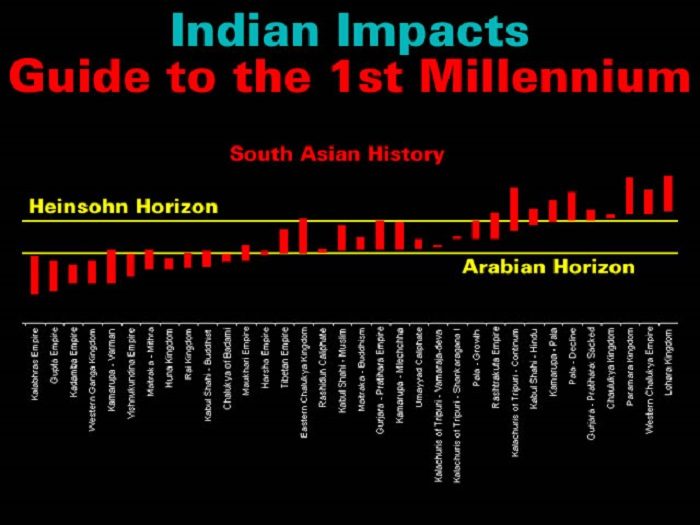
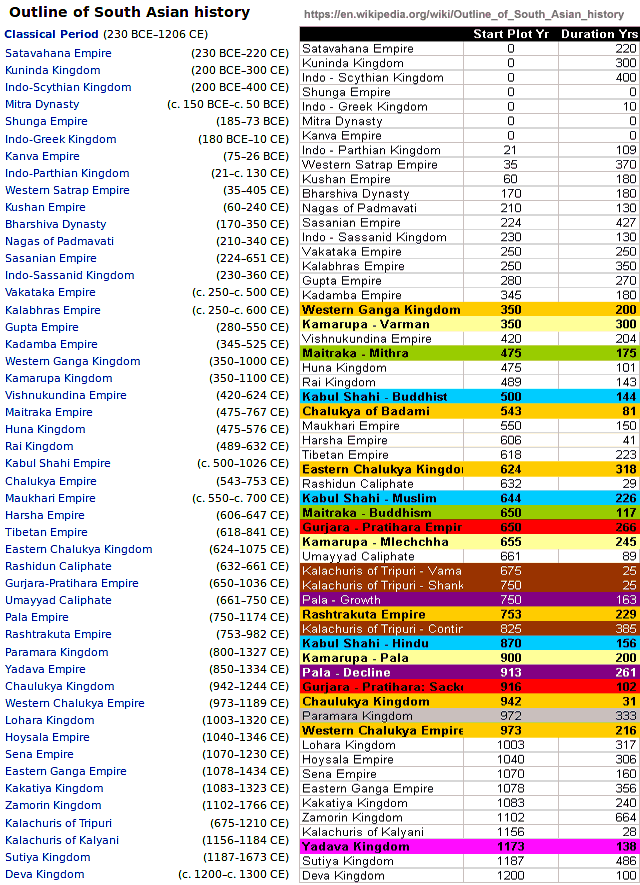
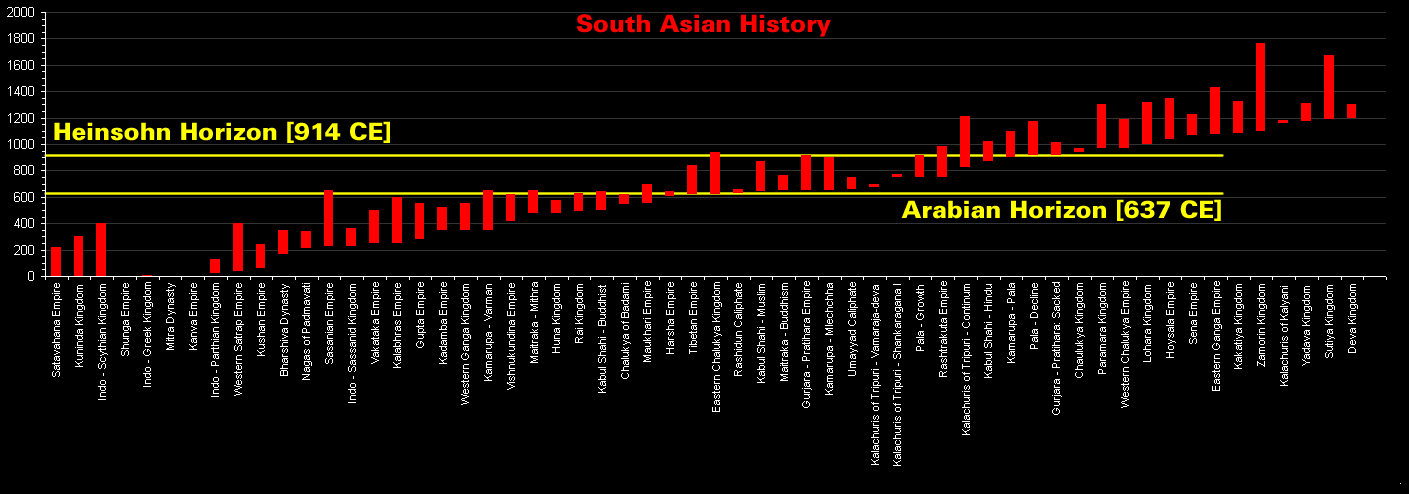
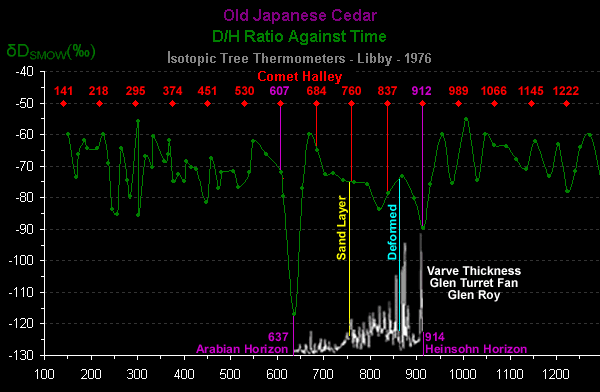
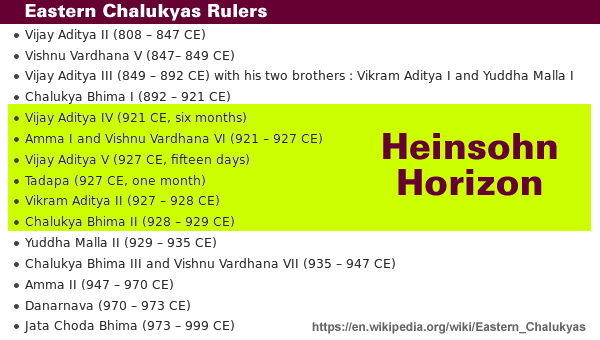



Reader Comments
to our Newsletter